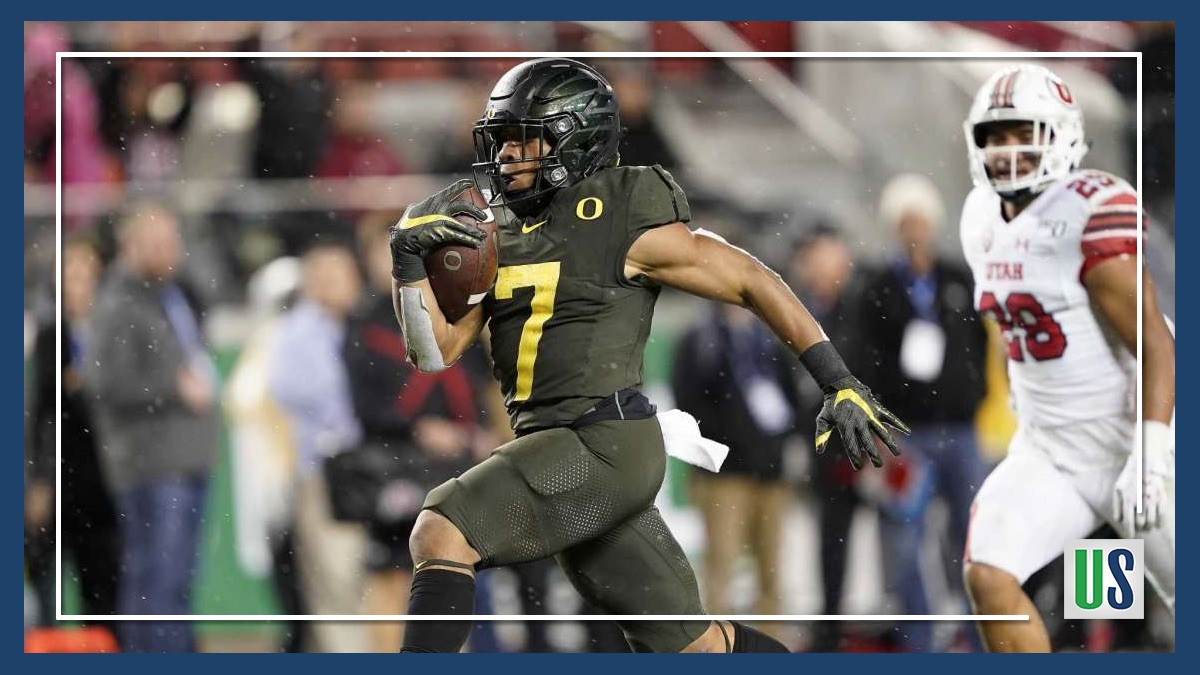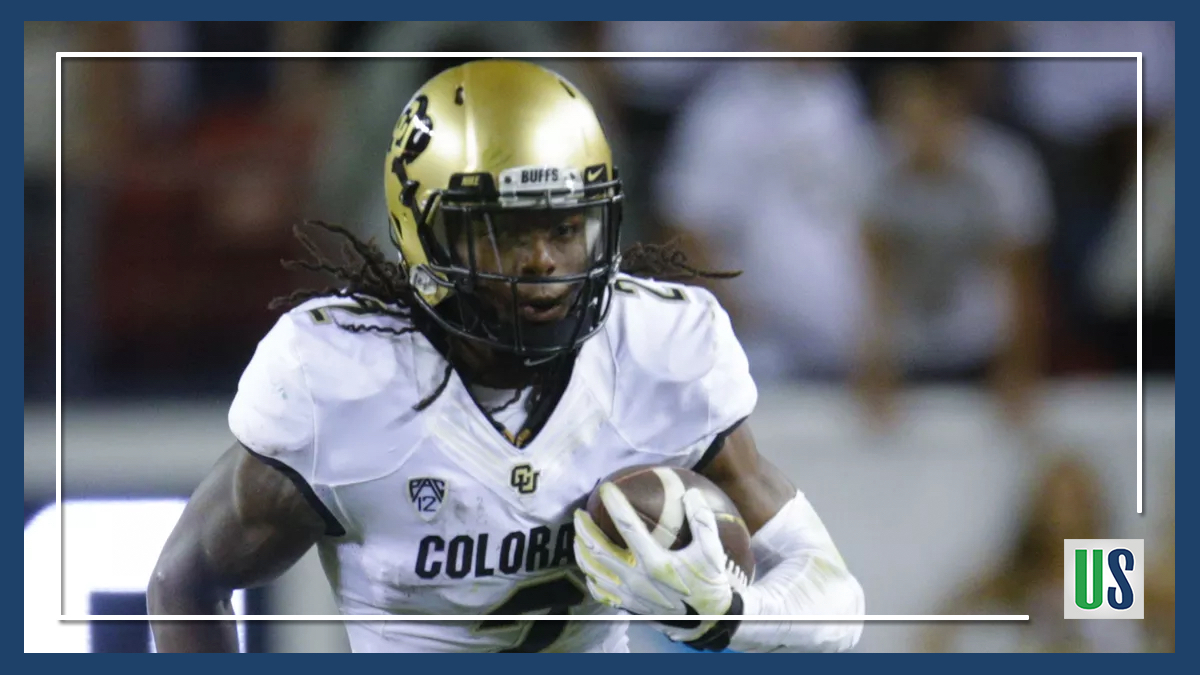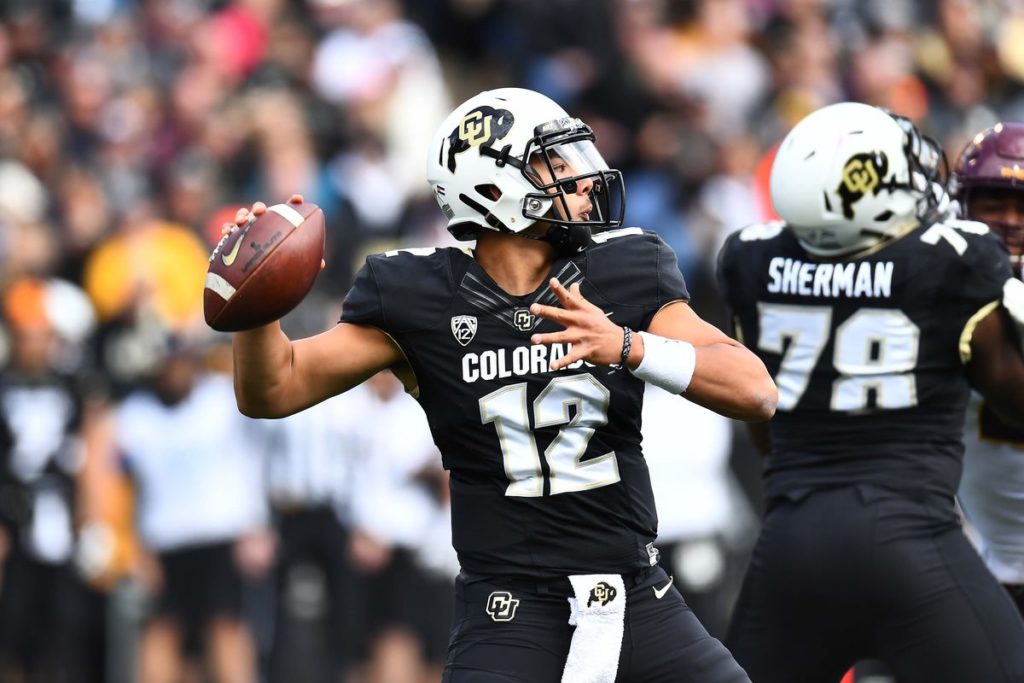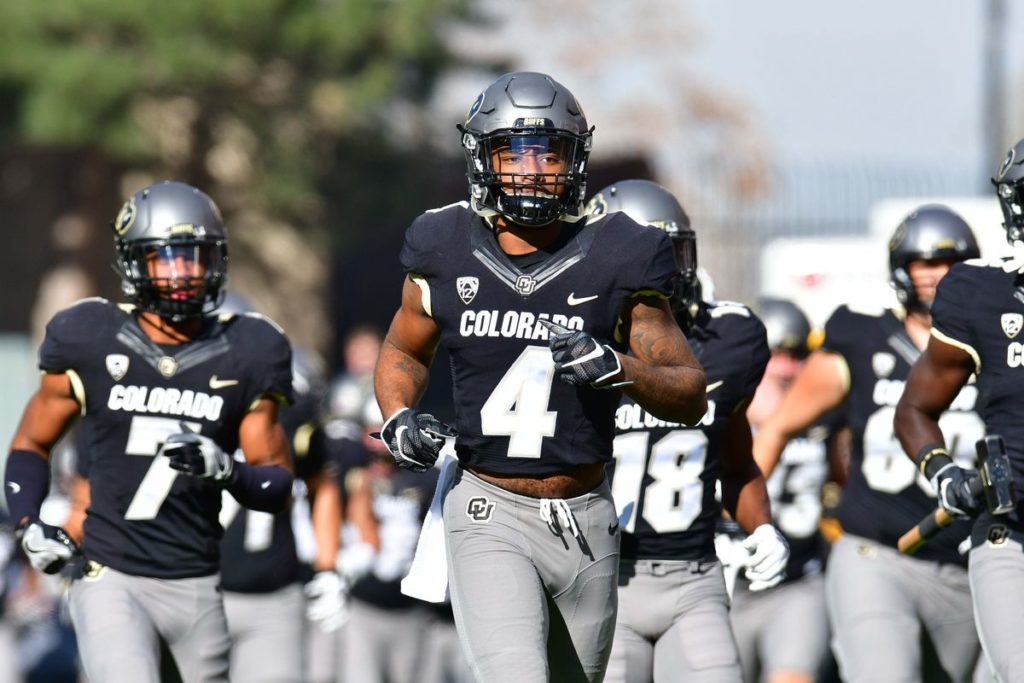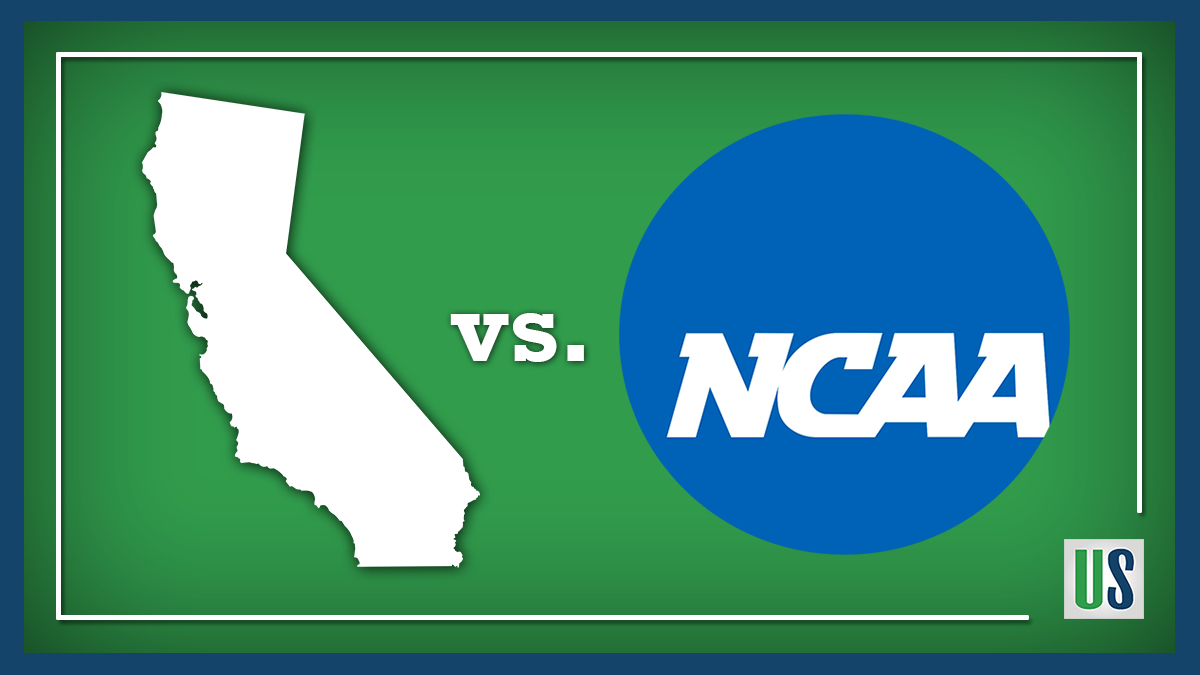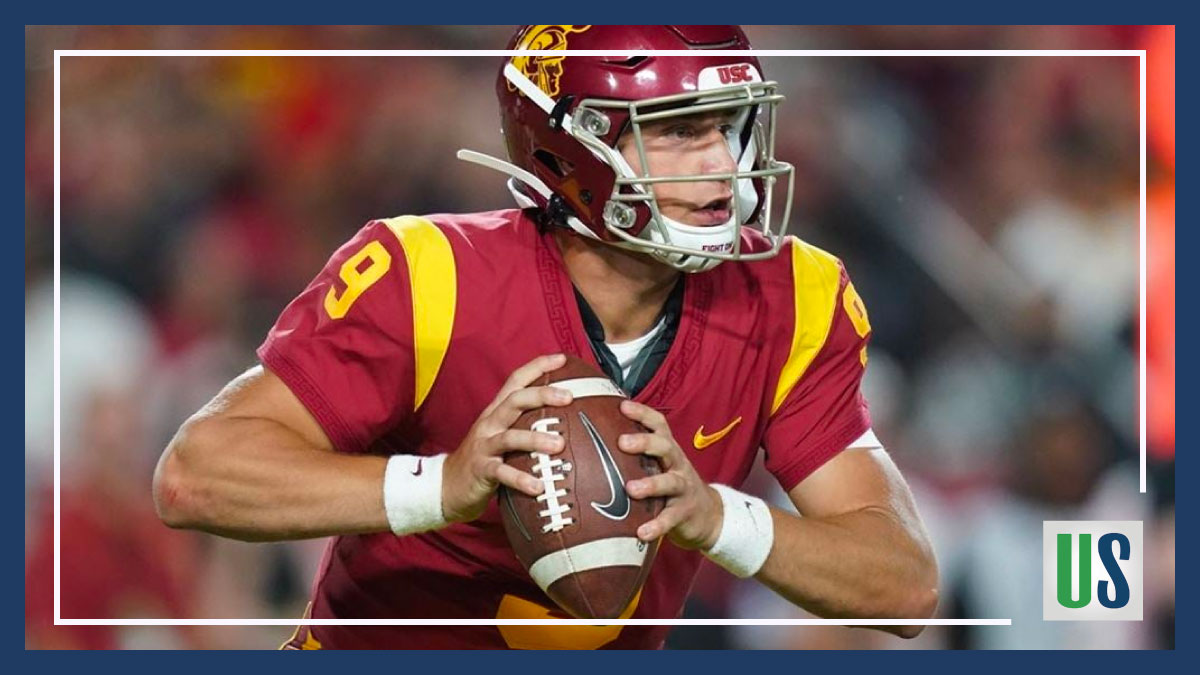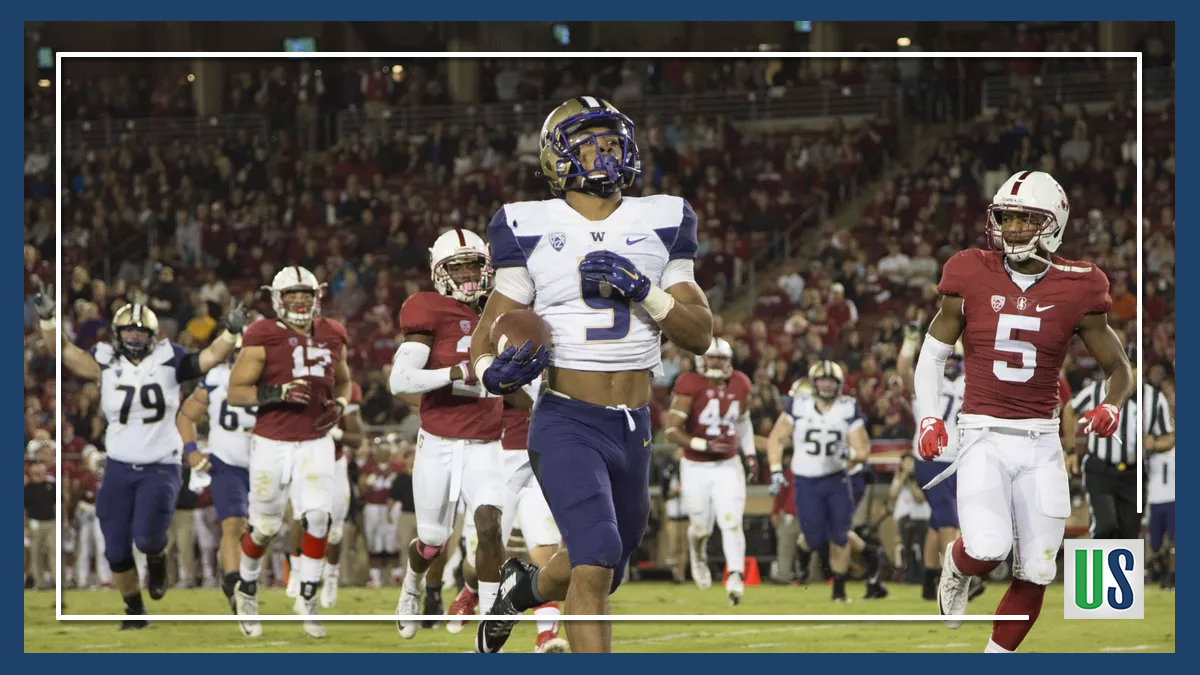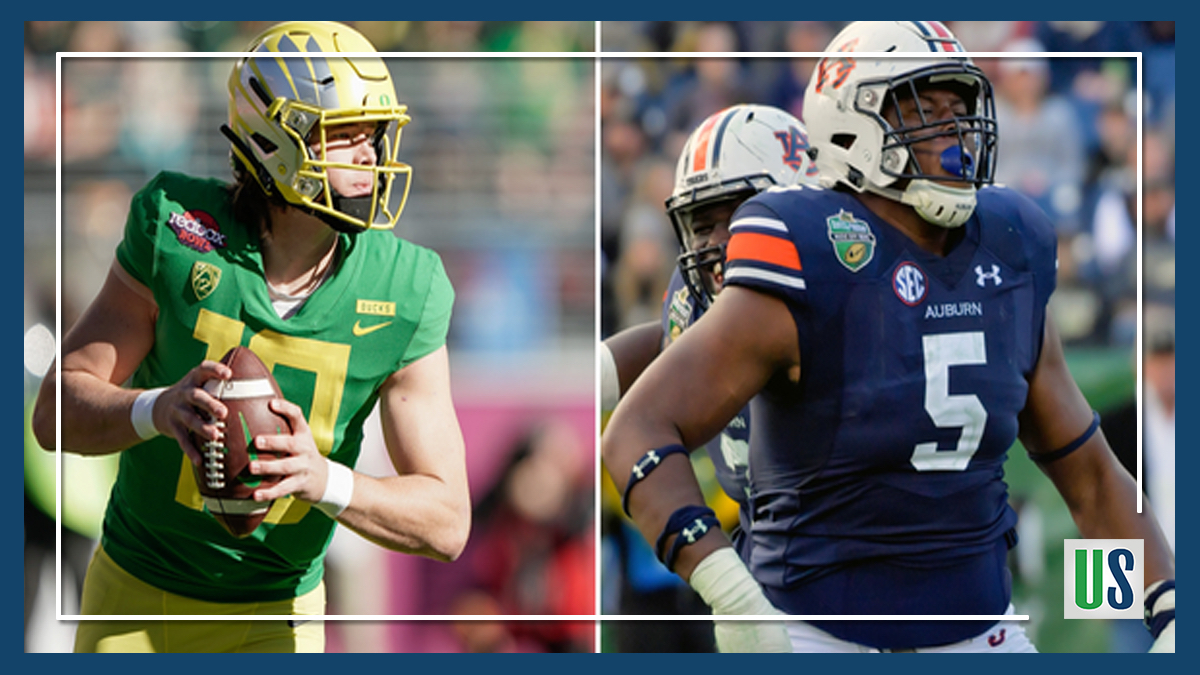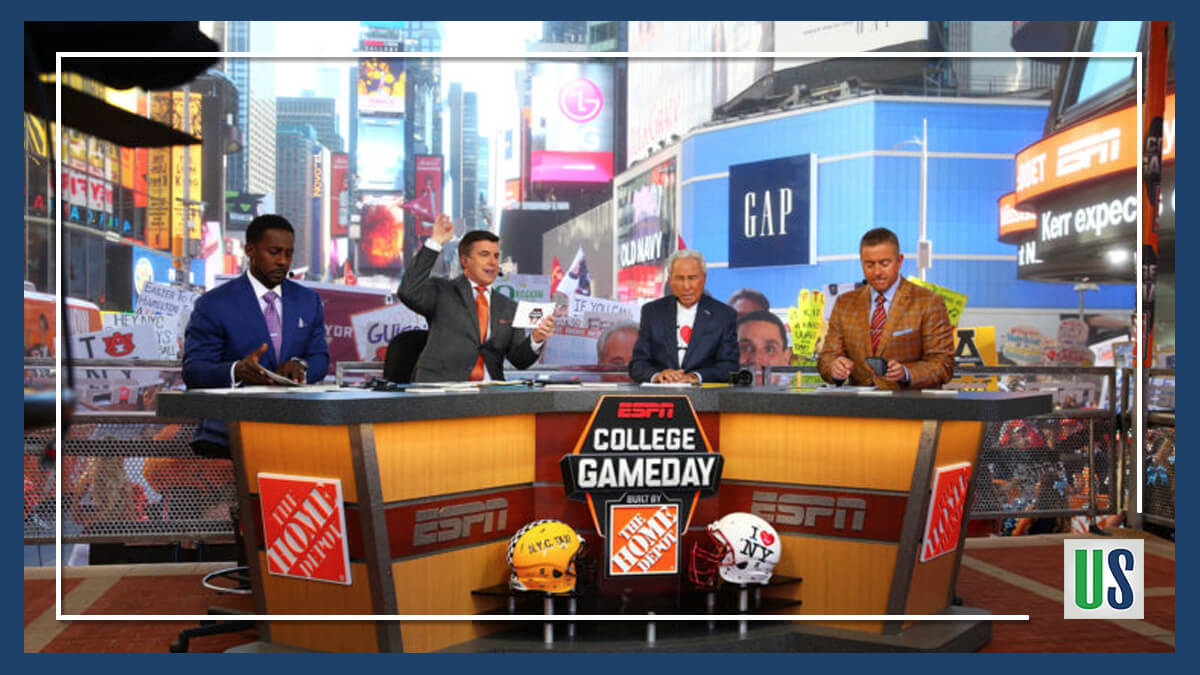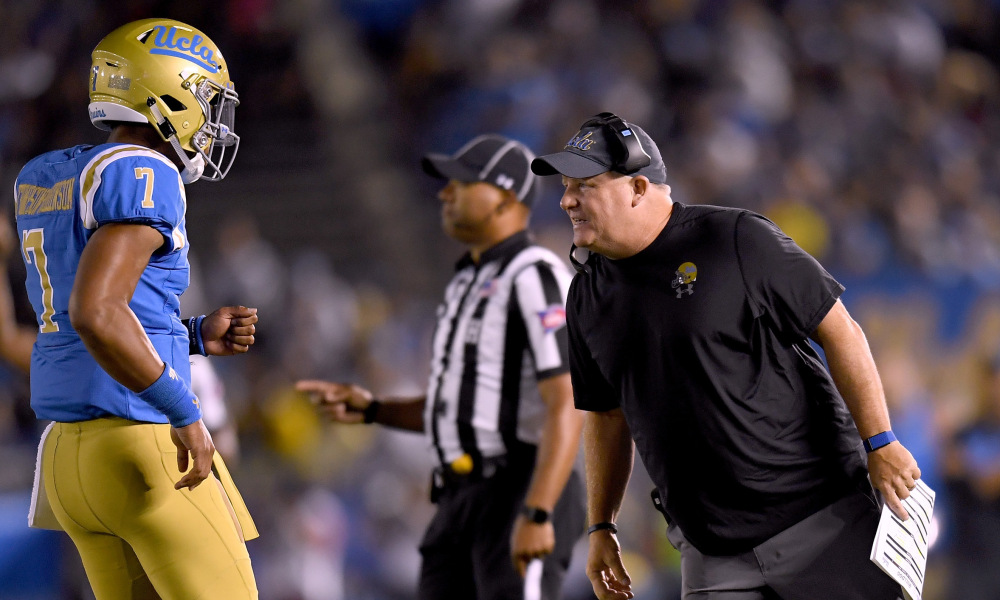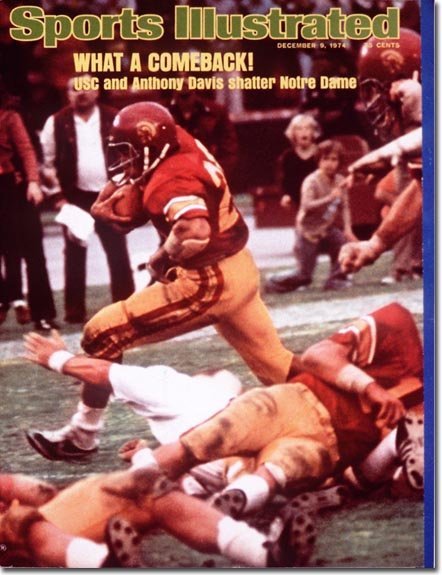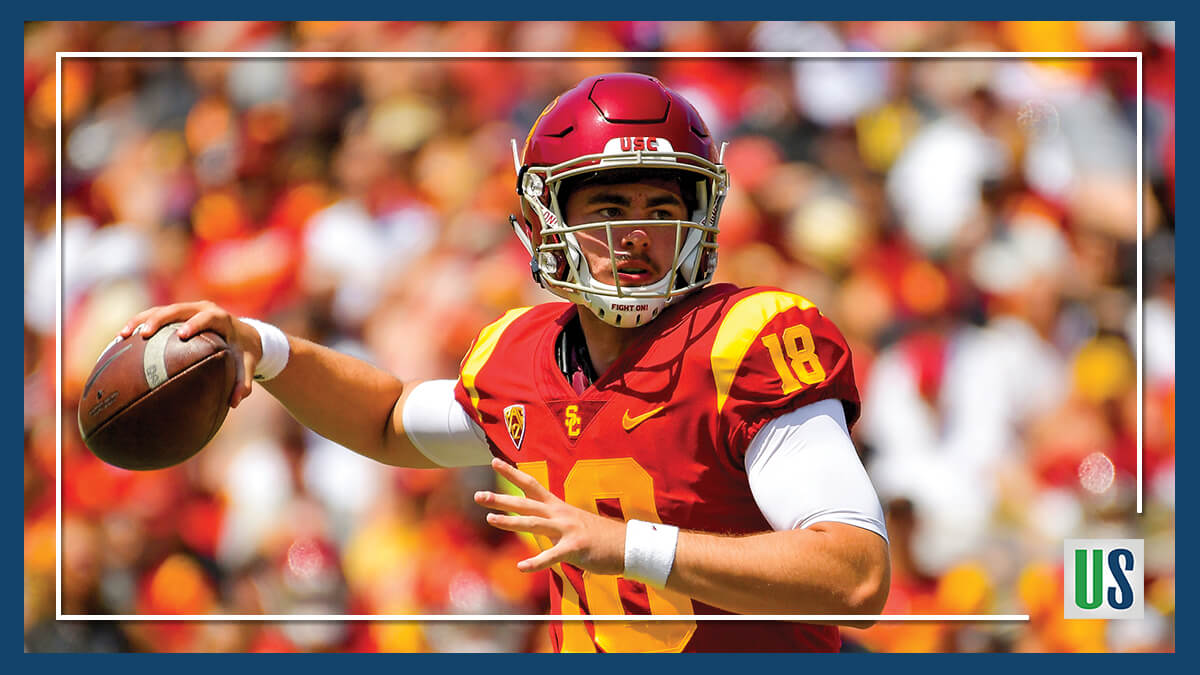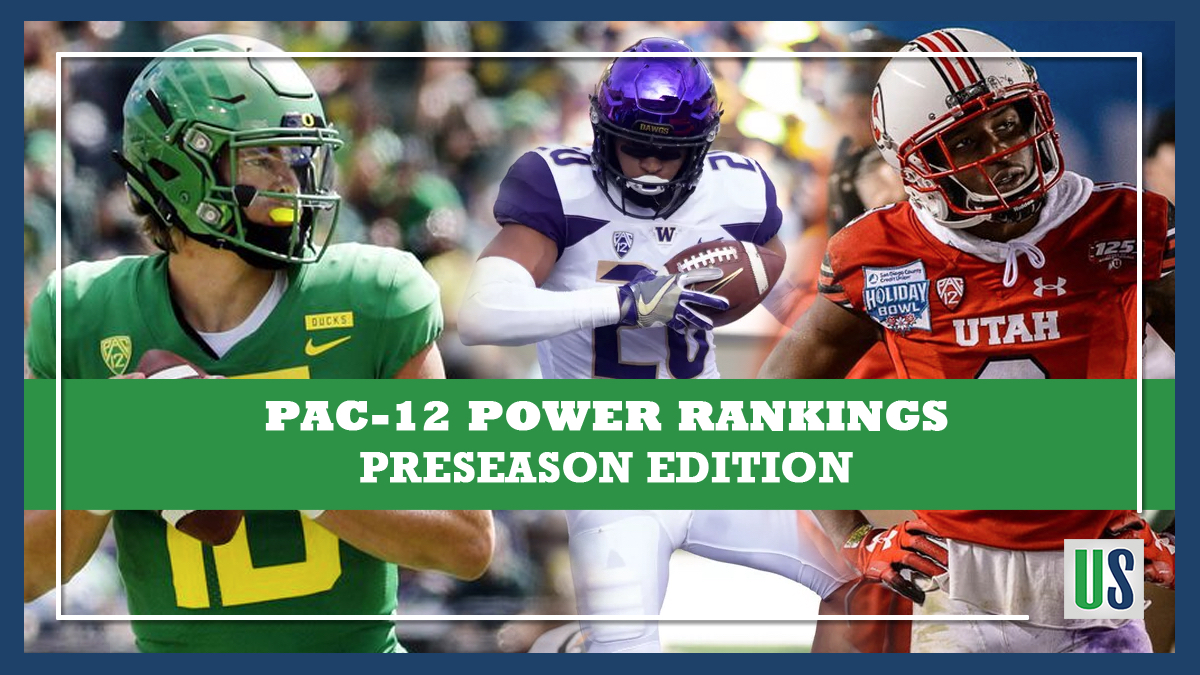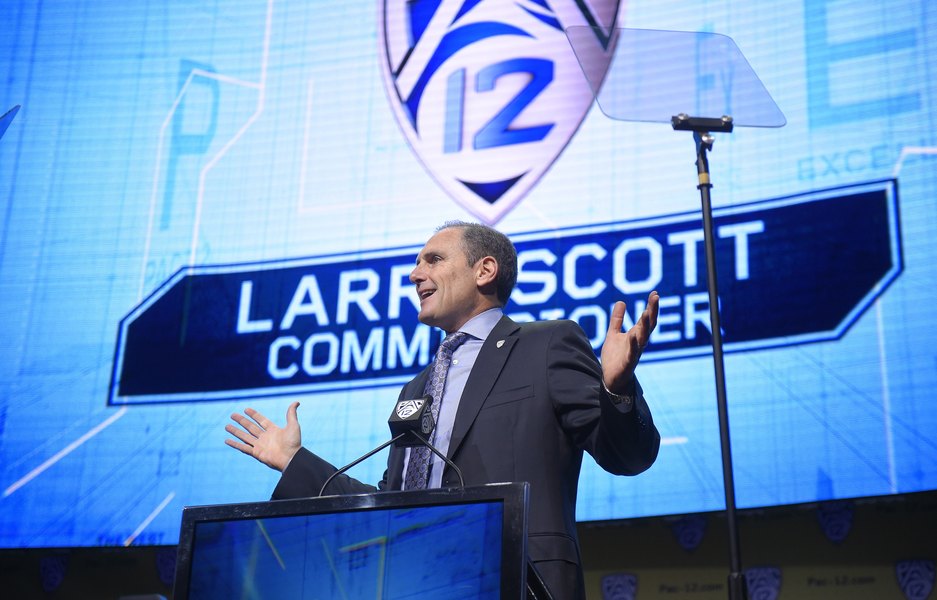It is vitally important for the Pac-12 to put together a good bowl season. The conference has not had a winning bowl season since 2015 and has not sent a team to the College Football Playoff since 2016. The Pac-12 went 3-3 in 2016, 1-8 in 2017, and 3-4 in 2018. Having a good bowl season will help elevate the league’s perception to start the 2020 season.
The Pac-12 is sending seven teams to bowl games in College Football 2019. These teams are USC, Arizona State, Utah, Oregon, Washington, Washington State, and California.
Preseason Rankings and Not Winning Big Games Have Hurt the Pac-12
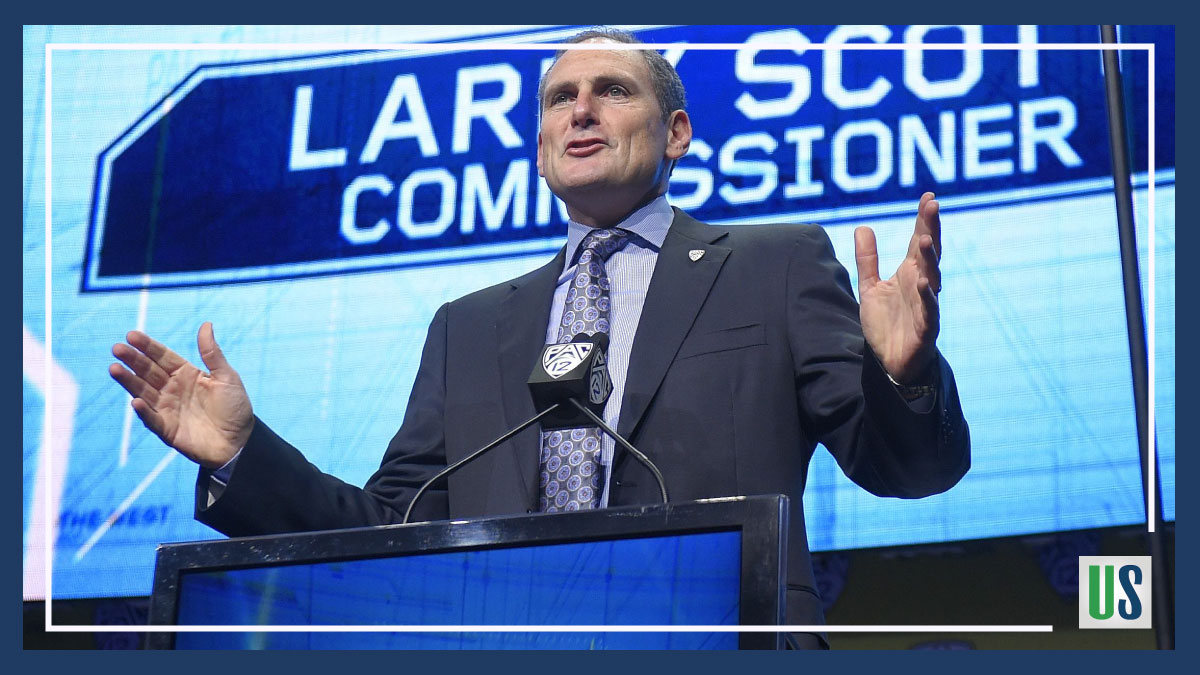
Preseason rankings play a role in how the final standings play out. The Pac-12 has only been represented in the College Football Playoff twice in the six years of the tournament. Going into the 2019 season, the Pac-12 did not have a single team in the top 10 in either the Associated Press or USA Today Coaches Poll. Oregon was the highest-ranked Pac-12 team in both preseason polls (No. 11 in AP Poll). However, they lost their first game to Auburn in College Football Week 1. This loss put the Pac-12 behind the 8-ball right away as far as their hopes to make the College Football Playoff.
Listen to the Best Pac-12 Podcast
In the last three seasons, the Pac-12 champion has lost their bowl game (Washington twice and USC once). The last time the Pac-12 champion won their bowl game was when Stanford beat Iowa 45-16 in the Rose Bowl to end the 2015 season. Washington lost in the College Football Playoff Semifinal at the Peach Bowl to Alabama 24-7 in 2016. USC only scored once and got beat around by the Ohio State Buckeyes 24-7 in the Cotton Bowl to end the 2017 season. In the 2018 Rose Bowl, the Washington Huskies’ rally from down 28-3 against the Buckeyes and fell short, losing 28-23.
Pac-12 Can Gain a Lot If Oregon Beats Wisconsin
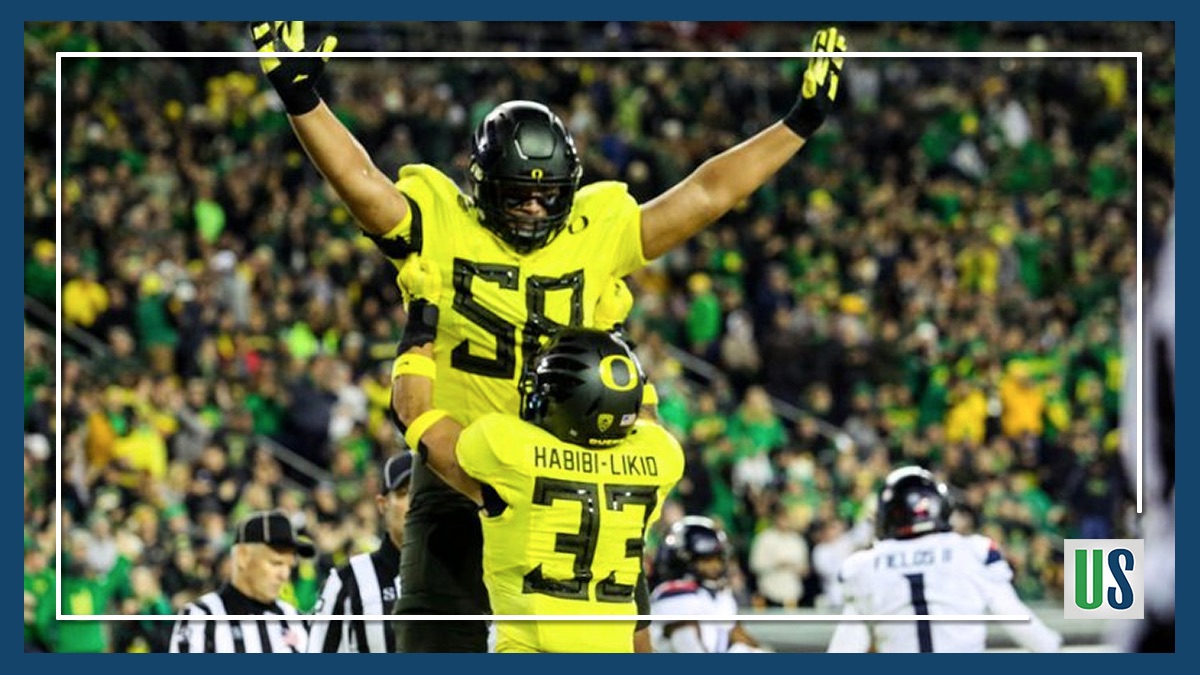
If Oregon, the newly minted Pac-12 champion, can beat Wisconsin in the Rose Bowl on January 1, 2020, it would help Oregon’s and the Pac-12’s standing heading into 2020. Their champion would win a game on the national stage on New Year’s Day, and the conference could feed off showing that their champion could have been competitive in the College Football Playoff. As a conference, the Pac-12 needs to get a team into the playoff. The conference is not spoken of in the same breath as the SEC or Big Ten. Winning the Rose Bowl would help the Pac-12’s cause.
Pac-12 Could Take Image Hit If Utah Loses to Texas
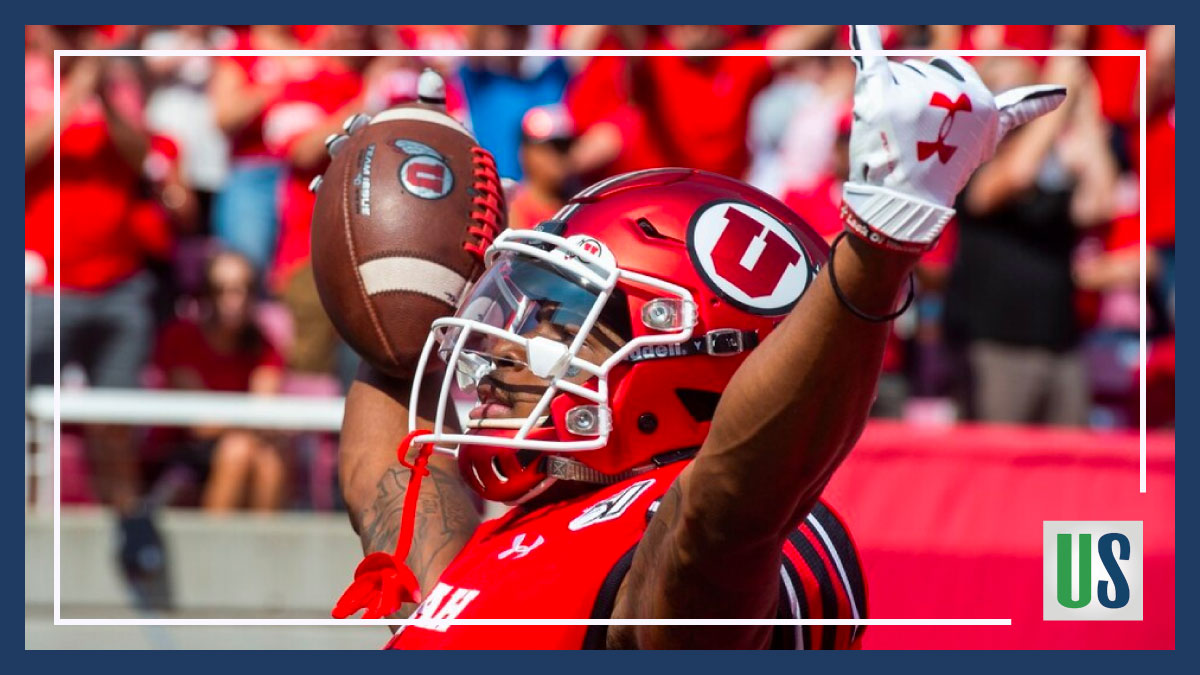
However, the Pac-12 has a lot to lose from bowl season also. The Utah Utes are currently ranked 11th in the country. They are playing the Texas Longhorns in the Alamo Bowl. If the Pac-12 runner-up loses to the team that finished tied for third in the Big 12 conference it would be devastating. Utah has been the better team all year, but some may give the Longhorns a slight edge because they simply have better recruits.
If Utah loses this game, an outsider who may not follow the Pac-12 conference may think, “Wow, one of the best two Pac-12 teams is not as good as a team that finished 7-5 in the Big 12”. People will tune into this game nationally because of Texas’ brand. Utah needs to show the nation that they are deserving of their ranking. They need to take care of business against an unranked Longhorns team.
USC Needs Bowl Win to Help Embattled Head Coach Clay Helton
Another bowl game that will generate interest within the Pac-12 and nationally because of “the brand” is the Holiday Bowl, which features the USC Trojans against the Iowa Hawkeyes of the Big Ten. USC hired new athletic director Mike Bohn in early November, and he has endorsed head coach Clay Helton. Many believed Helton was coaching for his job at numerous points throughout the season.
Beating Iowa in the Holiday Bowl would cool all the seats Clay Helton will be sitting in during the offseason, whether that is on an airplane during the recruiting cycle or in his office after spring practice. There is still the pipeline dream that Urban Meyer may eventually take over at USC, but for now, it is Helton’s team. USC simply gets better recruits than Iowa. On paper, USC should beat Iowa. It would help with recruiting because it would show the nation that Clay Helton can beat an equal opponent. After a 5-7 season in 2018, many thought Clay Helton could have been gone. With the new athletic director, Clay Helton could have been gone. He needs this game so there is more certainty around the program entering 2020.
Pac-12 Needs Winning Bowl Season
The Pac-12 needs to go a minimum of 4-3 in their bowl games this bowl season. As a conference, they are suffering in terms of national image because of their inability to get their champion to the College Football Playoff. The conference can show that their teams are able to compete with the best programs. Going 4-3 would be decent, but the conference should be hoping for at least a 5-2 mark this bowl season. Also, Utah needs to absolutely win for the Pac-12 to look positively on this bowl season.
Oregon had Auburn on the ropes in College Football Week 1, and it hurt the conference that the Ducks were unable to finish the job. However, Oregon’s loss to Arizona State and Utah’s loss to Oregon were the main reasons the Pac-12 did not get a team into the College Football Playoff. The Ducks have a huge non-conference game against Ohio State next season.
Other schools have also scheduled tough non-conference games in 2020, such as the Colorado Buffaloes scheduling the Texas A&M Aggies. Many will choose Oregon and CU to lose these games. However, maybe a few pundits will have more confidence if the conference can have a positive end to a decade where more was expected for the conference.

